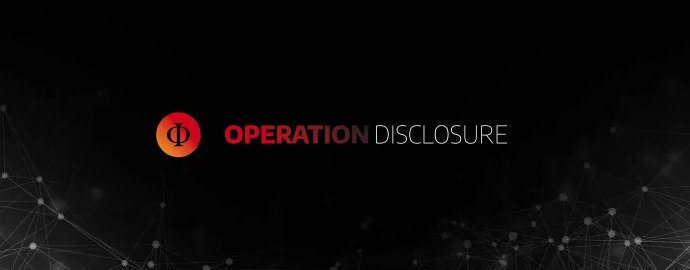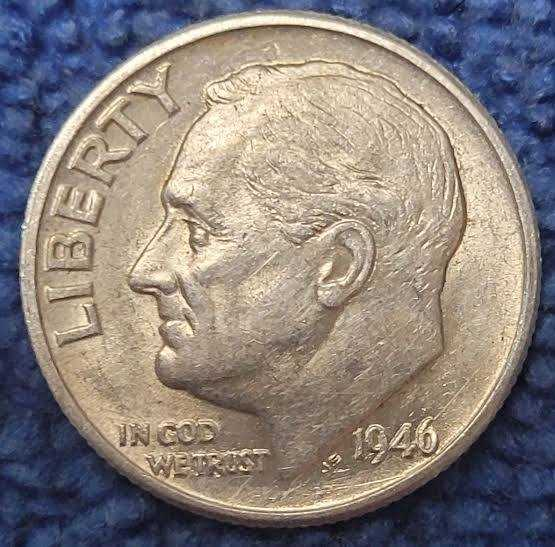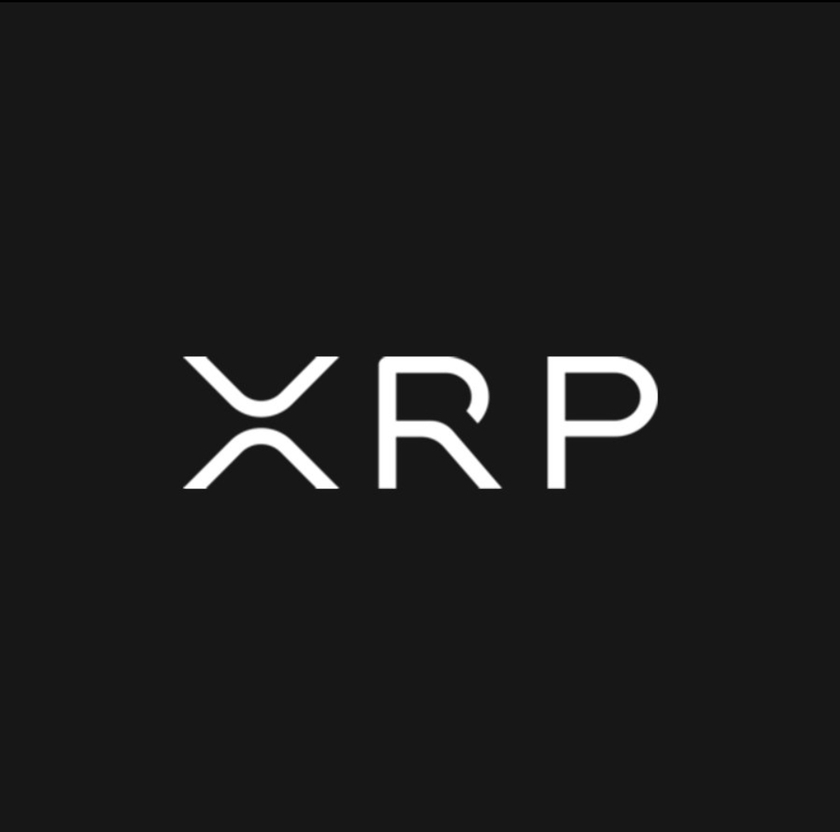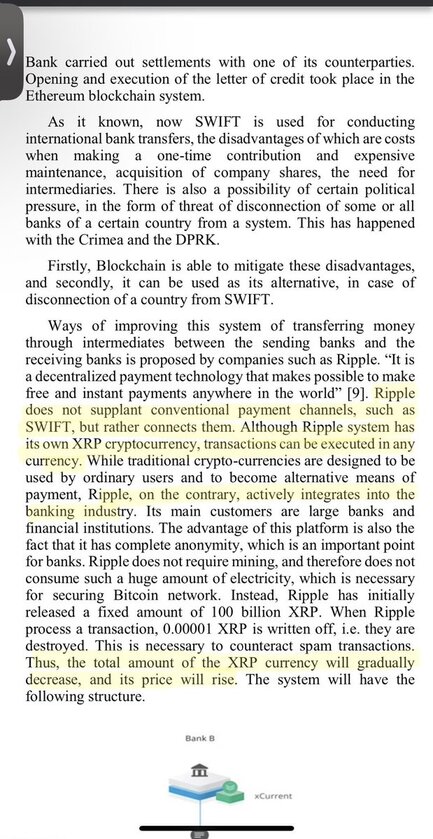Compliments of the Lifschultz Organization founded in 1899
An ounce of gold in dollars was worth in 1833 $18.93, in 1900 $18.96, in 1920 $20.68, in 1934 $34.69, in 1971 $40.62, in 1974 $154.00, in 2005 $444.74, in 2016 $1250.74, today it is $1769.50. See footnote two for a chart. The depreciation of the dollar against gold is a demonstration that the dollar is dying. 💥It will eventually be worth nothing.💥 If the inflation were accurately measured the dollar would have lost over 99% of its 1920 value. This is covered in detail in the report below.
How did this happen? The western financial system was founded on interest or usury. If there are 244,000 tons of gold in the world and the interest rate were 5% a year on the loan due in one year for the principal and interest, then at the end of the year you would have a default as there would not be the 5% gold in the world for the interest plus the principal. This is the fallacy that Aristotle treats saying the usury system was against nature as gold could not procreate the interest and of course the Bible forbids it for the same reason (Deuteronomy 23:19).
Making money from money, according to Aristotle, is “unnatural” because money, unlike an orchard, cannot produce additional value.
Aristot. Pol. 1.1258b
[1258b] [1] Usury is not in accordance with nature, but involves men’s taking things from one another. As this is so, usury is most reasonably hated, because its gain comes from money itself and not from that for the sake of which money was invented. For money was brought into existence for the purpose of exchange, but interest increases the amount of the money itself (and this is the actual origin of the Greek word: offspring resembles parent, and interest is money born of money); consequently this form of the business of getting wealth is of all forms the most contrary to nature.
What the modern man did to circumvent this scientific fact that the interest could not be paid back with the principal was let the currency outrun its gold base until it could no longer be convertible into gold as there was no longer enough of a gold cover which was when Nixon took the US out of the gold system to a fiat system in August of 1971.
Once the convertibility ends the dollar or any other currency it becomes a fiat money.
Paper money eventually returns to its intrinsic value: zero. – Voltaire
Usury or interest works scientifically in this sense that in the end there will be debt defaults as the gold will not be in existence to repay the debt with interest as demonstrated above so that it will end as in the English economy under King Edward the Pious when all the property in England that secured the debt ended in the end in the hands of the usurers based on defaults as the gold was not available to pay the interest in a relatively closed system as demonstrated in the previous paragraphs.
In a sense the usury became a control mechanism as it is to this day. When Edward the Pious witnessed this he realized that either the usurer would be King or he would be King only by ending this evil practice whereby he confiscated all the ill gotten gold of the usurers who were violating the Bible and expelled them from England (July 18, 1290). In other words, King Edward the Pious saw usury as a control mechanism and the new rulers were the usurers. He was pious believing in God and was not going to tolerate this or give up his rule a the vicegerent of Heaven. Monarchy is sanctioned by the Bible. This was the essential meaning of Shakespeare’s “Merchant of Venice” where the usurer, Shylock, was waiving his usury for the death of Signor Antonio who was threatening his control mechanism by the Christian concept that usury is a sin. This would outlaw the control mechanism. Today it is the usurer who rules the world as explained by Benjamin Disraeli in his novel “Coningsby”. Benjamin Disraeli in his novel “Coningsby” explained this control mechanism to us and we quote:
The world is governed by very different personages from what is imagined by those who are not behind the scenes. (Coningsby)
This gives some of the recent history of the control mechanism where the personages are identified.
The gold convertibility of the dollar was ended when the gold cover was insufficient to support the created dollars. 💥The US dollar will die as all fiat currencies will eventually do.💥 The dollar system was systemically flawed and doomed from the from the first day it was created when the dollar incorporated the usury or interest rate system as a hybrid of a gold dollar system as the gold cannot create its own liquidity to pay the interest.
Now let’s turn to the dollar system or the SWIFT-CHIPS payment system as the mechanism of the central bank system. This is denominated in fiat money called the dollar. There is nothing behind it and this is why the cryptos thought that they could do the same if anyone would accept their crypto currency even though it was as worthless as the dollar neither of which has any intrinsic value. The collapse of the cryptos portends the end of the dollar.
The first symptom of a coming FTX wreckage of the dollar was when the US and others seized the gold and dollar reserves of Russia. This was a fatal error in the sense that if China or any other nation were sanctioned by the US they could lose their reserves also to such confiscation. A precedent has been set. The banking system is based on trust even if the trust is in nothing (fiat money) and this breach of trust is starting the first great schism in the international financial system as major powers are shifting to another system. See footnote one. In a theological sense this is what happened to the Catholic Church when there arose a Protestant Schism. This Schism was sponsored and created by the usurers as part of their effort to gain complete mastery over western civilization. It was a fatal mistake of the Council of Trent not to follow the recommendations of the Holy Roman Emperor Charles V to permit priests to marry which was the main issue used against the Church by the usurers and this would have prevented the Schism. Marriage is commanded by the Bible:
Genesis 2:24 Therefore shall a man leave his father and his mother, and shall cleave unto his wife: and they shall be one flesh.
It was a fatal mistake by the US to confiscate Russian assets in the international central banks system (SWIFT:CHIPS) as the US incurs each year a $821.4 billion dollar current account deficit on its foreign account, and if half the participants leave the dollar system the US will not be able to sustain this purchasing power as they may not accept dollars. 💥The US will not be able to pay for its imports in the fiat dollar that has no intrinsic value.💥 There are good aspects about this in that nations as individuals should live within their means. Now this is not so bad theoretically 💥but the adjustment for the US may be catastrophic as it may not be able to pay for half its imports as half the world will be out of the dollar system.💥
Now my good friend Sergei Glaziev of Russia is creating the new currency system outside the dollar system using a basket of fiat currencies and perhaps some gold to create an alternative international financial system to compete with the dollar. I have advised him if he wants to end the dollar suzerainty he need merely create a gold ruble or Klondike system convertible into gold and this unlike the cryptos would wipe out the dollar system as good money historically drives out the bad money. Of course, he could join hands with China, Brazil, India creating a new currency called the Klondike based on complete gold backing for the new international media of exchange. That is the only one that could work but usury cannot be concluded. The Stalinists of Russia told me that Stalin socialized the usury thereby neutralizing it as a control mechanism separated from the government.
In the absence of effectively enforced legal tender laws, Gresham’s law tends to operate in reverse; good money drives bad money out of circulation because people can decline to accept the less valuable money as a means of payment in transactions.
Below is the fatal error.
Elvira Nabiullina said plans were being made to launch lawsuits after governments including the US, UK and EU froze the Russian central bank’s foreign currency reserves held within their jurisdictions.
“This freezing of gold and foreign exchange reserves was unprecedented, so we are going to work on legal claims, and we are getting ready to put them forward,” Nabiullina was quoted as saying by the Kremlin-backed Tass news agency.
P. S. Alfred Marshall at Cambridge tried to solve the fallacy of the gold standard that it was unworkable according to Aristotle and failed to do so. He was the mentor of John Maynard Keynes when he was at Cambridge. It might be said that Keynes was the father of inflation and fiat money which was as against nature as his homosexual’s life style.
Next is a report from the 1930s by Arnold Deutsch who was Stalin’s NKVD Resident Spy in London in his communication to the center read by Stalin on their British spy Anthony Burgess which demonstrates the moral collapse of the leadership of Great Britain that preceded their collapse as a world power as they are directly connected. It also comments on the John Maynard Keynes perversion.
“Many features of his character can be explained by the fact that he is a homosexual. He became one at Eton, where he grew up in an atmosphere of cynicism, opulence, hypocrisy and superficiality. As he is very clever and well educated, the (Communist) Party was for him a saviour. It gave him above all an opportunity to satisfy his intellectual needs. Therefore, he took to party work with great enthusiasm. Part of his private life is led in a circle of homosexual friends whom he recruited among a wide variety of people, ranging from the famous liberal economist Keynes and extending to the very trash of society down to male prostitutes. His personal degradation, drunkenness, irregular way of life and the feeling of being outside society was connected with this kind of life, but on the other hand his abhorrence of bourgeois morality came from this. This kind of life did not satisfy him. His homosexuality he describes as not inborn because he can also live with women. He learned it at Eton because everyone is engaged in homosexuality there, so he simply joined in. The pupils there lived several to a room and the class masters use their superior position to seduce young boys.”
Footnote One:
The Global South births a new game-changing payment system
Footnote Two:
Footnote Three:
THE US DOLLAR: AN ADVANCED OBITUARY BY FRANZ PICK
A BOOK REVIEW
Compliments of the Lifschultz Organization founded in 1899
The 9-15-1931 to 9-16-1931 Invergordon Naval Mutiny caused a panic on the London Stock Exchange and a run on the pound, bringing Britain’s economic troubles to a head and forcing it off the Gold Standard on 21 September 1931. Since 1588 Britain ruled the seas and this was the beginning of the end of British power.
The British pound was the leading international currency and reserve currency at the time. Its 9-21-1931 devaluation was a shock that led directly to many echo devaluations worldwide. By the end of 1931, 23 countries had left the gold standard.
President Richard Nixon’s actions in 1971 to end dollar convertibility to gold and implement wage/price controls were intended to address the international dilemma of a looming gold run and the domestic problem of inflation. The new economic policy marked the beginning of the end of the Bretton Woods international monetary system and temporarily halted inflation.
The OPEC oil embargo was a decision to stop exporting oil to the United States. On October 19, 1973, the 12 OPEC members agreed to the embargo. Over the next six months, oil prices quadrupled. Prices remained at higher levels even after the embargo ended in March 1974.
Click here to download the book in its entirety
There is a direct connection to the British and Americans going off the gold standard as reflected above and the decline of their military and economic power of Britain and the US as I wrote in the piece below entitled “Goethe, Faust and the Euro”.
Dr. Franz Pick, the author of this book, “The US Dollar: An Advanced Obituary”, began his meteoric rise selling the pound short on the day the Invergordon Naval Strike took place that made him a fortune.
During World War Two he was part of the OSS system as the paymaster of the French Resistance. When one of their key OSS agents was arrested in Rome in a drunken state, Franz was assigned to go to Italy to bribe with gold the jailor to release him. He drove him to France where the agent said he had to obey the call of nature and took a walk into the bushes, and never returned going back to his OSS work. The Italians did not know how important an intelligent agent they had in their prison.
Since the heroin distribution was the largest business in the world, Franz would give the quote in Harlem of the daily fix. The Mafia had come to him for “financial advice” offering him a huge amount of money but he instead swapped the advice for the daily heroin quote in Harlem. During the Vietnam War he would quote the prostitution rates for the American Military in Saigon for what Senator Fulbright called the American Military’s whorehouse. Mothers of America were very, very upset at how Fulbright talked about their precious ones but they should have inquired what their husbands were doing in World War Two when the military passed out tens of millions of condoms for what Eisenhower named his book “Crusade” in Europe. His monthly currency report was purchased by just about every central bank in the world and even our GAO Office used it in their studies as the information on blocked currencies was not available in the standard books or articles of reference.
This worthy study can be summarized in this two sentence quote from Dr. Pick:
“Each year I send a copy of the inflation chart to French President Valery d’Estaing who asked me to. When he first saw it, about five years ago, he said, ‘But my dear friend, since 1965 there has been no progress in the United States.'” In other words, if we take the true inflation out of the GDP figures there has been no growth in the US as half our industries have been destroyed replaced by a growth through inflation figures that are imaginary. This sleight of hand is discussed in the book but what happens in the CPI index is if the price of a product rises too fast they exchange it with a cheaper substitute thereby biasing the index downward.
I came across Franz in the 1970s seeing him often quoted on the front page of the Wall Street Journal. I wrote him that he was a buffoon and did not know what he was talking about. He invited me to his apartment for a meeting in which he said that part of my critique that stated that the usury gold system does not work based on the fact that gold was barren was true and understood by almost no one. (This is explained in detail in the study “Goethe, Faust and the Euro” below.) Briefly, if there are 200,000 tons of gold in the world and it is lent at 10% to be paid at the end of the year in principal and interest, the interest cannot be paid as it does not exist in gold. That is why Aristotle described the usury system as against nature and unworkable on all the gold is lent out and in the end the lender will control everything.
In 1979 he asked me to write for the new Federal Reserve Chairman Paul Volcker his famous anti-inflation plan which I did, and we sent it to Volcker his being ordered by Franz to implement it which he did on October 6, 1979 at a Saturday night press conference exactly paralleling what I wrote point by point in the press conference. I later told him when to ease rates at a three hour discussion on the Delta Shuttle between New York and Washington which was delayed. Franz was number one of the deep state in the United States and the three branches of government were under him.
Volcker’s Announcement of Anti-Inflation Measures
Ted Truman (1) used to tell me that Paul required him to answer him on my correspondence within 24 hours. During the 1987 crash Ted was the internal point man in reversing the 1987 cash settlement manipulation while number one in the deep state gave out the order to the Wall Street Giants to reverse their cash settlement positions ending the crash.
None disobeyed orders. Dr. Pick was not alive to see it but he would have been happy that we prevented a 1929 as we did in 2008. Truman was about the only one there who understood anything as Greenspan was totally incompetent. See study below on the use then in the manipulation of stochastic control theory. In 2008 we did the same but with revisions as can be found in the Goethe analysis below.
See under subtitle Stochastic Control Theory in the next link for a description of this manipulation.
The Straits of Hormuz as a Trigger to World Depression
(1) From 1977 to 1998 Edwin M. Truman directed the Division of International Finance at the Federal Reserve System





























